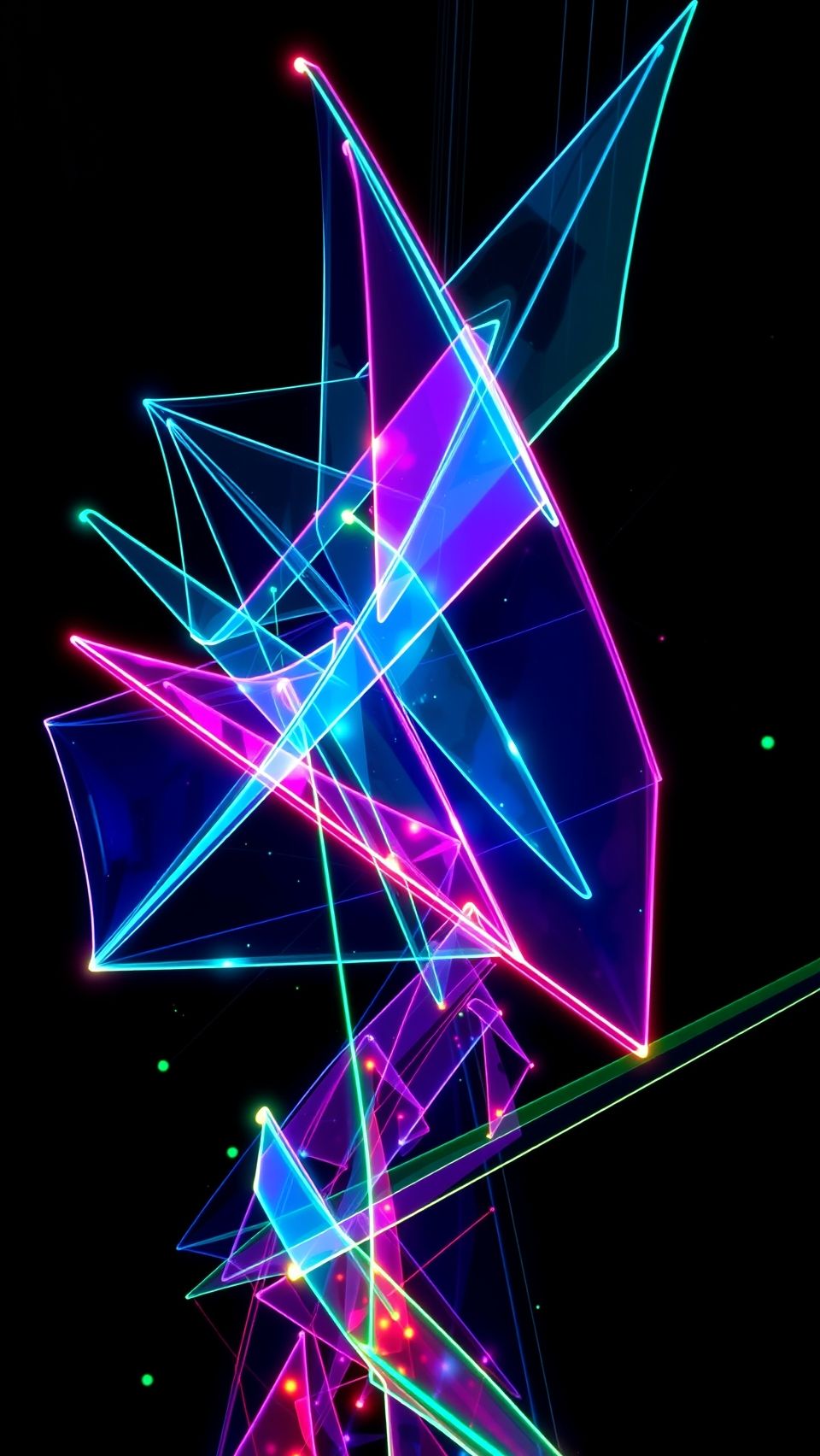22. March 2025
Ai Breakthrough Unlocks Realistic Motion In Generative Videos

The recent paper on improving temporal quality in generative video models proposes a new technique called FluxFlow, which introduces controlled temporal perturbations during training to improve the generation of realistic and diverse motion sequences. The researchers tested FluxFlow on three different generative architectures: U-Net-based VideoCrafter2, DiT-based CogVideoX-2B, and AR-based NOVA-0.6B.
FluxFlow was applied as an additional training phase for one epoch on the OpenVidHD-0.4M dataset and evaluated using two popular benchmarks: UCF-101 and VBench. The results showed that FluxFlow significantly improves temporal quality without sacrificing spatial fidelity, as evidenced by metrics in Tables 1 and 2 (FVD, Subject, Flicker, Motion, and Dynamic) and qualitative results.
The motion of objects such as a drifting car, a cat chasing its tail, and a surfer riding a wave become noticeably more fluid with FluxFlow. This improvement is attributed to the finer granularity of frame-level perturbations, which enables more precise temporal adjustments.
FluxFlow bridges the gap between discriminative and generative temporal augmentation, offering a plug-and-play enhancement solution for temporally plausible video generation while improving overall quality. The researchers conclude that this approach can be integrated into existing architectures without significant modifications, making it a viable option for enhancing generated videos.
The apparent shortcomings in generative video models may not result from user error or institutional missteps, but rather from a research focus on prioritizing more urgent challenges such as temporal coherence and consistency over lesser concerns. Researchers hope that the enthusiast community will take a deeper interest in resolving remaining issues, making it possible to achieve purely AI-generated photorealistic video output.
Some users have suggested lowering the frame rate to 12fps or lower and using AI-based re-flowing systems to interpolate gaps between sparse frames. However, this approach may compromise on spatial fidelity, which is an essential aspect of generative video quality.
In conclusion, FluxFlow offers a promising solution for improving temporal quality in generative video models. By introducing controlled temporal perturbations during training, it enhances the generation of realistic and diverse motion sequences without sacrificing spatial fidelity. As researchers continue to explore new techniques and approaches, we can expect significant advancements in this field, ultimately leading to more realistic and engaging AI-generated videos.
The evaluation metrics used in the study provide insight into the performance of FluxFlow on different generative architectures. The UCF-101 and VBench benchmarks are widely recognized in the field of video analysis and generation. By using these benchmarks, the researchers were able to assess the effectiveness of FluxFlow in improving temporal quality.
The results demonstrate that FluxFlow can be effectively applied to various generative architectures, including U-Net-based VideoCrafter2, DiT-based CogVideoX-2B, and AR-based NOVA-0.6B. The approach is flexible enough to be integrated into existing architectures without significant modifications, making it a plug-and-play solution for enhancing generated videos.
The evaluation of FluxFlow has shown that it can improve temporal quality while maintaining spatial fidelity. This is a crucial aspect of generative video quality, as it ensures that the generated videos are not only temporally coherent but also visually appealing.
To further enhance the performance of FluxFlow, researchers may explore additional techniques such as multi-resolution training or incorporating expert-crafted motion templates. These approaches could potentially lead to even more significant improvements in temporal quality and overall video fidelity.
The study has several implications for the field of generative video models. Firstly, it highlights the importance of considering temporal coherence and consistency when generating videos. Secondly, it demonstrates that controlled temporal perturbations can be an effective approach for improving temporal quality. Finally, it shows that FluxFlow is a viable plug-and-play enhancement solution for temporally plausible video generation.
In the context of AI-generated photorealistic video output, the study provides valuable insights into the challenges and limitations of current generative models. By addressing these challenges, researchers can develop more sophisticated techniques for generating high-quality videos that are indistinguishable from real-world footage.
The study’s findings have significant implications for the enthusiast community and researchers working in this field. Firstly, they provide a clear understanding of the importance of temporal coherence and consistency when generating videos. Secondly, they demonstrate that FluxFlow is an effective approach for improving temporal quality. Finally, they highlight the need for further research into more sophisticated techniques for generating high-quality AI-generated videos.
The study’s results have far-reaching implications for the entertainment industry, where high-quality video content is essential for engaging audiences. By developing more advanced generative models and techniques, researchers can create more realistic and immersive video experiences that are indistinguishable from real-world footage.
The evaluation of FluxFlow has several limitations and potential drawbacks. For instance, it relies on a specific dataset and evaluation metrics, which may not be representative of other datasets or evaluation frameworks. Additionally, the approach assumes that the generative architecture is already trained on a sufficient amount of data, which may not always be the case.
Despite these limitations, the study provides valuable insights into the challenges and limitations of current generative video models. By addressing these challenges, researchers can develop more sophisticated techniques for generating high-quality videos that are indistinguishable from real-world footage.
The development of FluxFlow has significant implications for the future of AI-generated photorealistic video output. As researchers continue to explore new techniques and approaches, we can expect significant advancements in this field, ultimately leading to more realistic and engaging AI-generated videos.